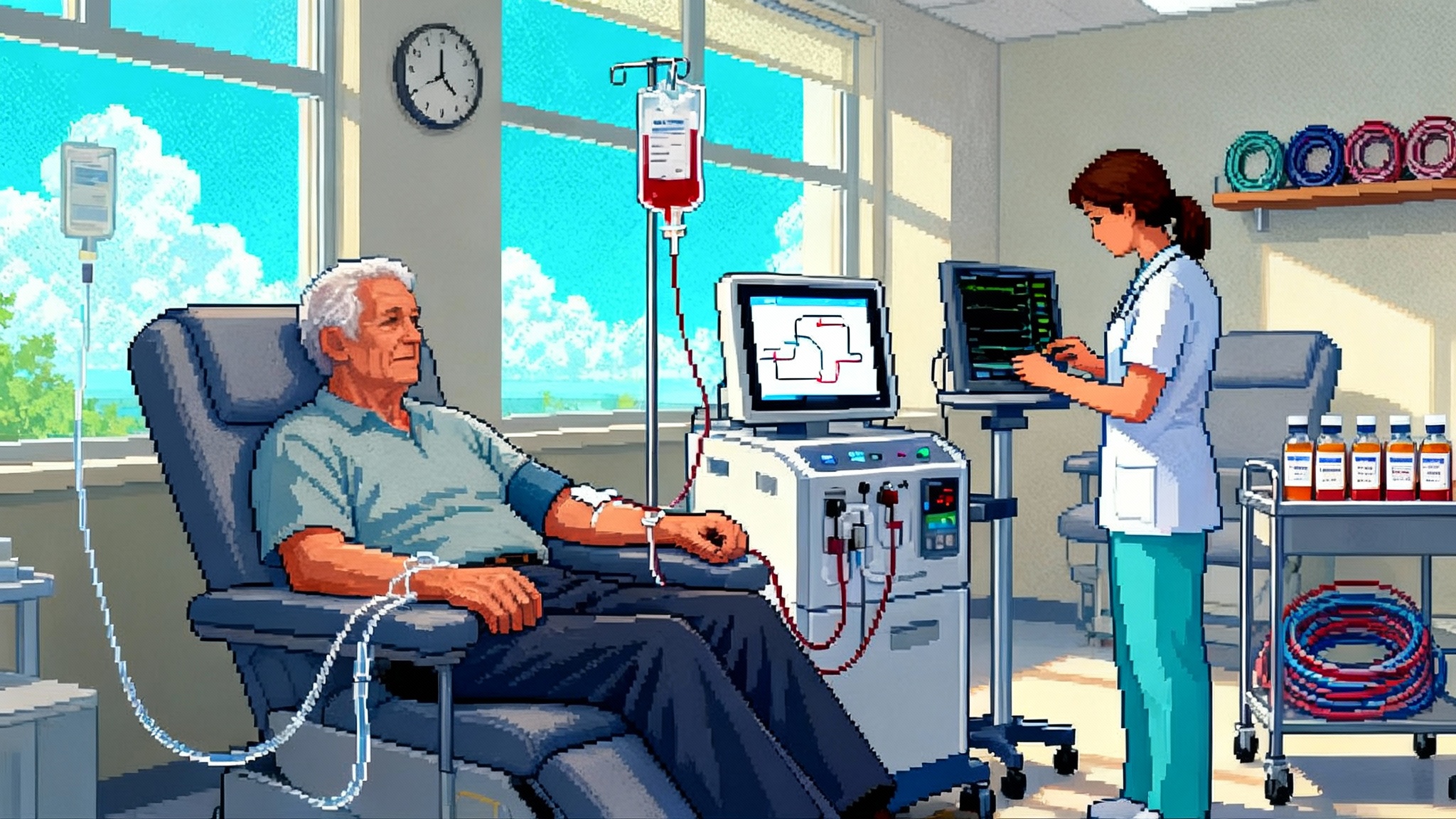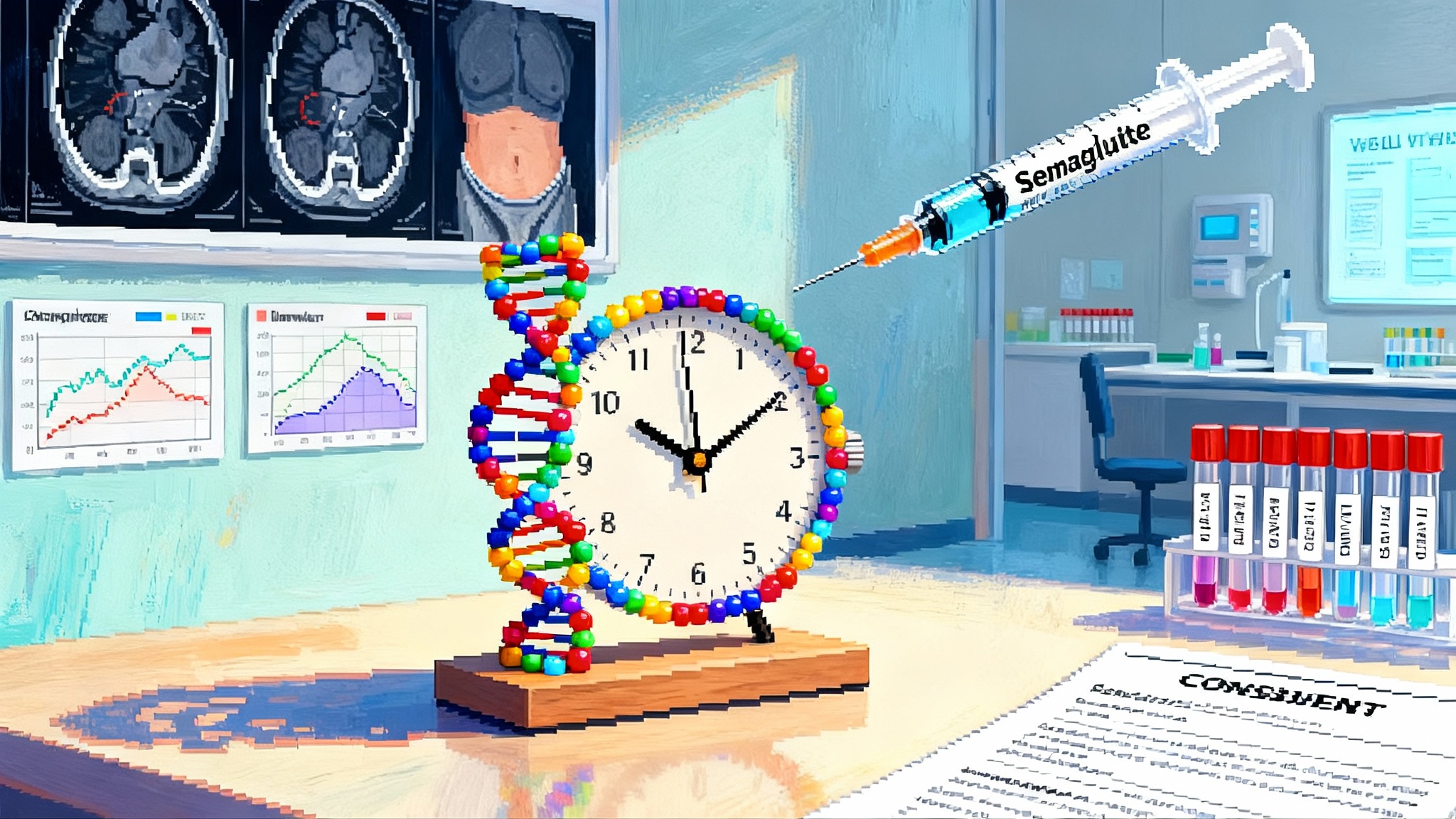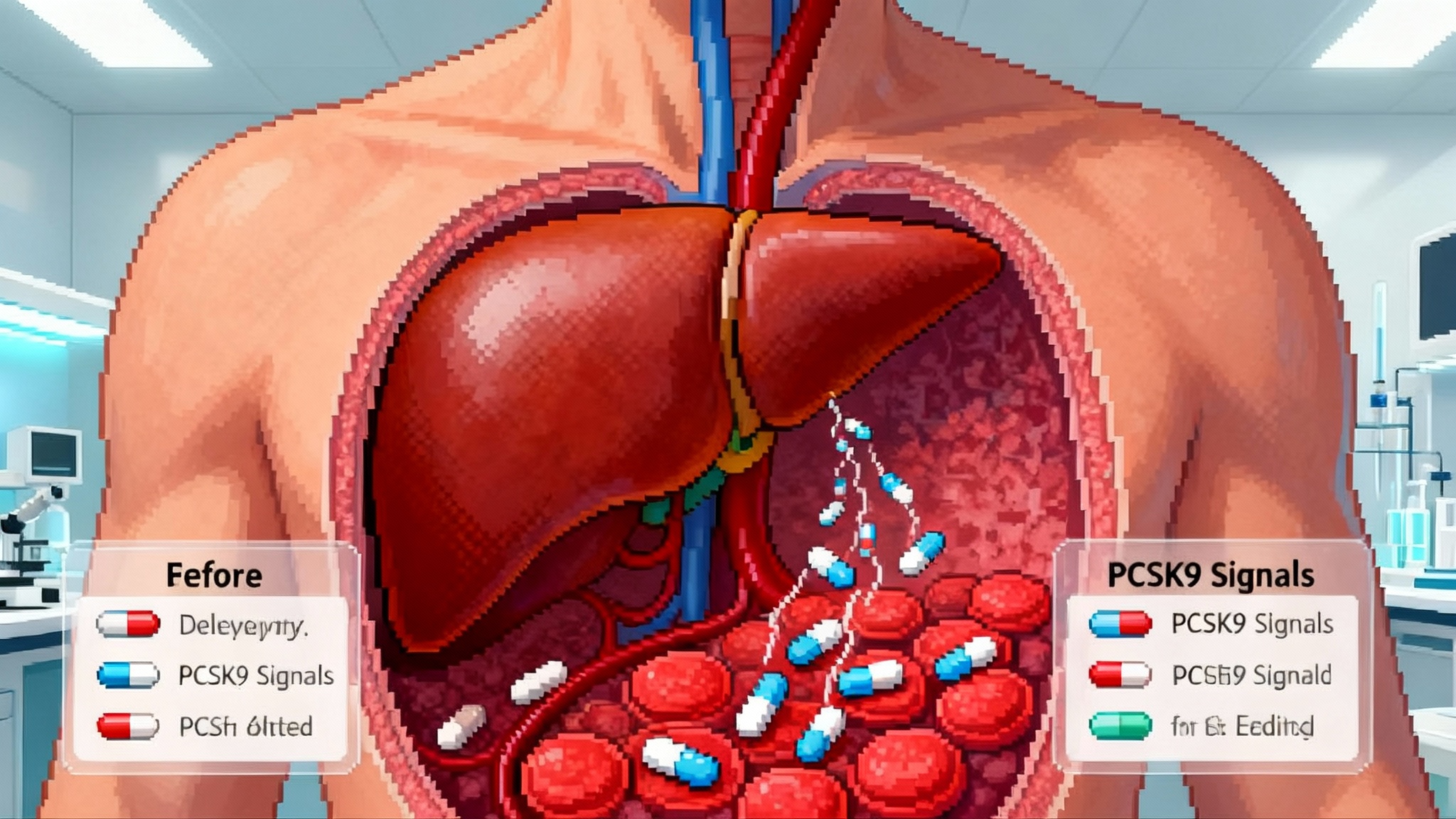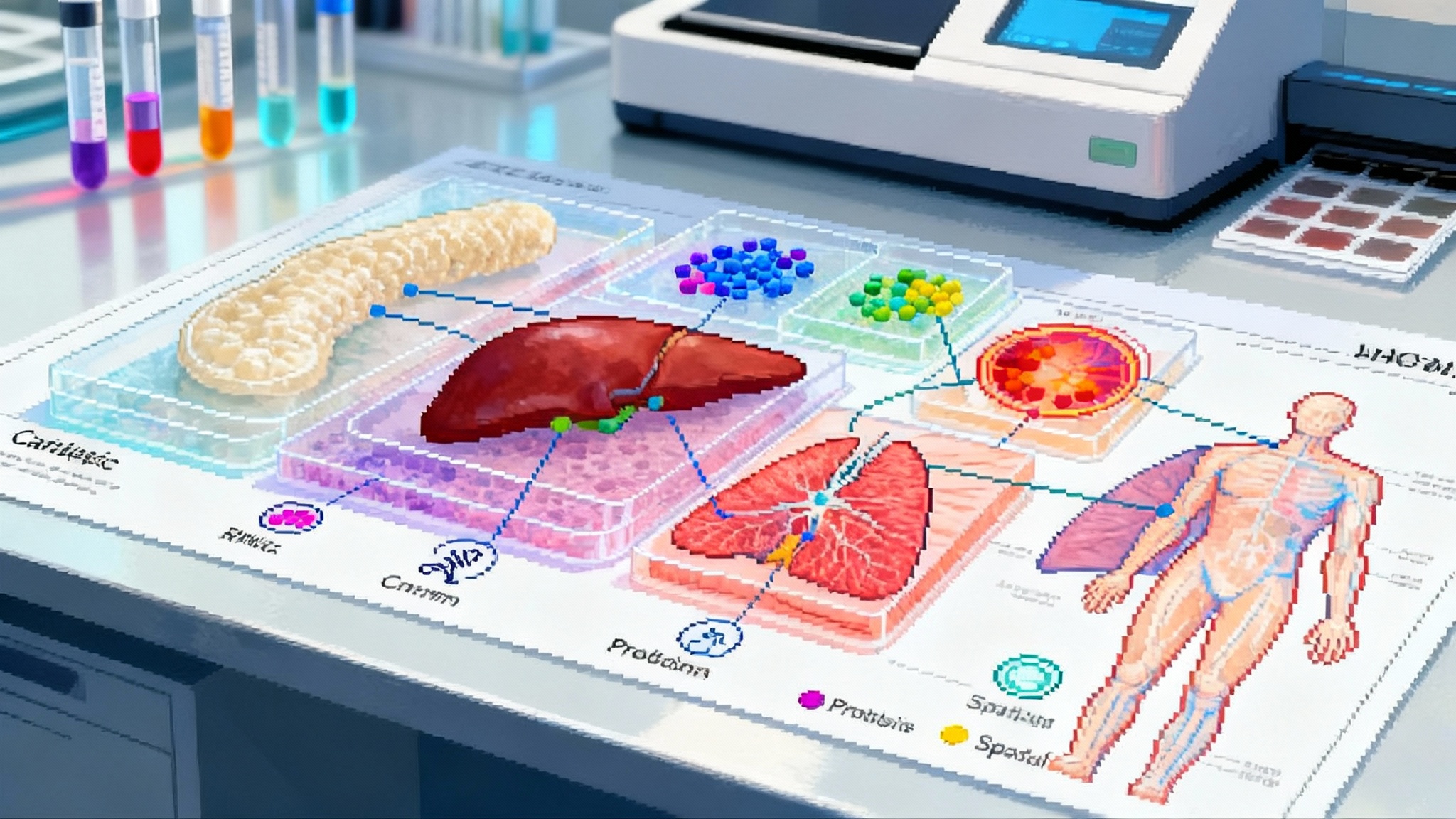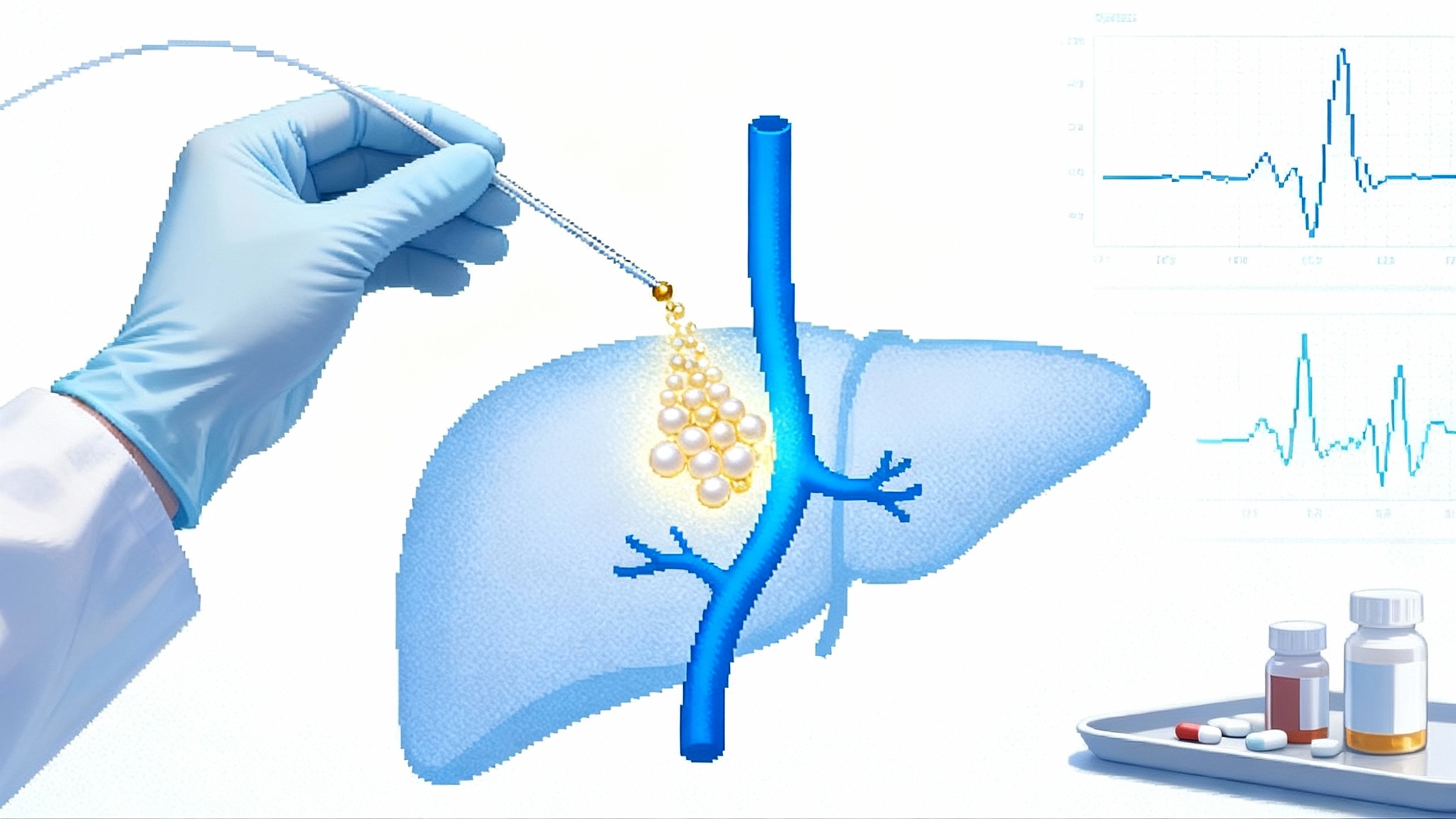CAR T cells that do not age: 2025's blueprint for longevity
A June 2025 study reframes CAR T engineering by showing these living drugs can become senescent. Here is the practical playbook to prevent aging in therapeutic cells and to turn the same insights into senolytic immunotherapy for real-world diseases.

The news: CAR T cells can grow old, and that matters
In June 2025, researchers reported a result that instantly changed the way clinicians and engineers think about living medicines. The team showed that chimeric antigen receptor T cells can enter senescence, a damaged and slow state associated with aging, and that this state can directly drive relapse after initially effective therapy. The punchline was not only that senescence happens in engineered T cells, but that its likelihood is shaped by the parts list inside the receptor itself, especially the costimulatory domain. In repeated activation models and patient data, 4-1BB based CARs were more prone to senescence than CD28 based CARs, which shifted how the field interprets persistence and durability in practice. You can read the primary report in the June 2025 Molecular Cancer study.
If you are new to the distinction, T cell exhaustion and T cell senescence are cousins, not twins. Exhausted cells can sometimes be revived by blocking inhibitory receptors like PD-1. Senescent cells, by contrast, are stuck in a state of permanent growth arrest, secrete inflammatory signals, and accumulate cellular damage. In this new work, CAR T cells under chronic stimulation displayed hallmarks of senescence, such as p16 and p21 pathway activation, DNA damage signatures, and a pro-inflammatory senescence-associated secretory phenotype. Functionally, these cells stopped proliferating and lost their edge in killing.
Why this reframes the CAR T design playbook
The 2025 senescence result does more than add a new failure mode to the list. It gives developers a clear set of levers to tune. Historically, 4-1BB was associated with longer persistence and gentler signaling than CD28, and many approved products reflect that choice. Novartis’s Kymriah, Bristol Myers Squibb’s Breyanzi and Abecma, and Johnson and Johnson’s Carvykti all use 4-1BB. Gilead’s Kite unit took a different path with CD28 for Yescarta and Tecartus. The new finding suggests that persistence is not a single virtue. The duration and flavor of the signal can either maintain T cell fitness or push cells toward an aged, senescent fate.
Think of a CAR T cell like a marathoner wearing a backpack of electronics. CD28 and 4-1BB are the battery and circuitry that determine how hard the device pushes and for how long. Run the system at high power for too long and components overheat. Underpower it and you are not competitive. The 2025 data argue that 4-1BB’s slow burn can, under chronic load, build up the same kind of wear that eventually bricks a phone battery. The path forward is not to pick a single battery forever, but to design the operating system around power management. That means adding new ways to shape signal intensity and duty cycle.
Here is what that design agenda looks like now that senescence is on the table.
Lever 1: Tuning the costimulatory domain and the signal itself
- Mix and match, do not canonize. The field is already testing hybrids and alternatives, including inducible costimulation and constructs with altered immunoreceptor tyrosine-based activation motifs in CD3 zeta that tone down the signal without losing potency. These 1XX-style changes, or splitting activation across multiple inputs, help avoid the continuous overdrive that seeds senescence.
- Time box the surge. You can design receptors that deliver a strong initial hit then step down, or that require two antigens to maintain full power. This gives a burst of cytotoxic activity followed by a maintenance phase that favors memory rather than terminal states.
- Contextual signaling. Companies are exploring logic gates and tumor microenvironment–responsive circuits. The goal is simple. Deliver more activation where the cancer is, and less everywhere else. Lower off-target activation reduces the chronic, low-grade stimulation that ages cells.
Lever 2: Metabolic conditioning as the anti-aging gym
Senescent T cells show mitochondrial dysfunction, reduced spare respiratory capacity, and a drift into inefficient glycolysis. CAR T fitness improves when mitochondria are protected and when the cells are biased toward oxidative metabolism typical of stem-like memory T cells. Specific moves are already in play.
- Culture choices that matter. Replacing interleukin 2 with interleukin 7 and interleukin 15 during manufacturing preserves less differentiated states. Using transient protein kinase B (AKT) inhibition during expansion can keep a stem-like program alive long enough to translate into better in vivo performance. Lower glucose media, acetate supplementation, and brief exposure to AMP-activated protein kinase activators have been tested to promote healthier mitochondria.
- Genetic add-ons that harden the cell. Overexpressing regulators such as c-Jun can resist exhaustion. Pushing PGC-1 alpha or SIRT3 can tune mitochondrial biogenesis and reactive oxygen species handling. These are experimental, and any genetic gain of function raises safety flags, but the logic is straightforward. Give cells the metabolic headroom to run without burning out.
- mTOR as a dial, not a switch. Mammalian target of rapamycin drives growth but constrains long-term persistence when chronically high. The field is testing ways to restrain this pathway without blunting cytotoxicity, from transient low-dose rapalogs during manufacturing to feedback circuits that downshift growth when stress builds.
Lever 3: Epigenetic programming that locks in youth
Senescence involves stable changes in chromatin. If epigenetics locks the door, the solution is to set the lock before the door closes. Two approaches stand out.
- Favor the stem cell memory lineage. Transcription factors such as TCF1 and BCL6 support memory formation and resist terminal differentiation. Enriching for T cells that naturally express these programs, or gently nudging the program during expansion, keeps the product in a flexible state. The aim is not a permanent genetic rewrite, but a short course that leaves a durable imprint on which genes can be turned on later.
- Remove the brakes with care. Targets like TOX and the NR4A trio press cells toward dysfunction under chronic stimulation. Removing or dampening them can help, but every subtraction risks uncontrolled activation or autoimmunity. The safe zone will likely involve inducible or partial suppression, not permanent deletion.
Lever 4: Anti-senescence add-ons that act like pit crews
Even with better wiring and metabolism, long-lived CAR T cells will encounter stress. New modules can act as pit crews that clear damage or shed senescence signals before they stick.
- DNA damage and oxidative stress repair. Adding mitochondria-targeted catalase or enhancing base excision repair has been proposed to blunt the damage signals that initiate senescence. In practice, translation will require regulated expression, for example driven by activation-responsive promoters, to avoid constant expression.
- Short-lived telomere boosts. Telomere erosion contributes to senescence. Transient telomerase messenger RNA during manufacturing could extend proliferative capacity without permanently altering the genome. The same principle applies to temporary epigenetic remodeling with safe, low-dose hypomethylating agents during expansion.
- SASP shields. Senescent cells secrete cytokines that feed forward dysfunction. Engineering CAR T cells to express decoy receptors or dominant-negative cytokine receptors could make them less responsive to these inflammatory signals, especially interleukin 6 and related cues in the tumor microenvironment.
The unexpected bridge: senolytic CAR T cells as rejuvenation immunotherapy
The most exciting implication of the 2025 discovery is not only better cancer therapy. It is a blueprint for longevity engineering. If senescent states can sabotage therapeutic T cells, perhaps therapeutic T cells can remove senescent states in tissues. That idea is no longer hypothetical. In 2024, teams from Memorial Sloan Kettering, Weill Cornell Medicine, and collaborators showed that CAR T cells targeting uPAR, a marker upregulated on senescent cells, could clear senescent cells in mice and improve glucose tolerance, exercise capacity, and other measures of health span after a single dose. See the Nature Aging senolytic CAR T report for details. For how senolytics are moving into people, see our coverage of UBX1325 eye readouts in 2025.
Think about what that means for real diseases. In fibrosis of the lung or liver, scar-forming cells adopt senescent features that sustain inflammation and stiffen tissue. In atherosclerosis, senescent smooth muscle cells and macrophages worsen plaque stability. In osteoarthritis, senescent chondrocytes drive cartilage breakdown. A senolytic CAR T therapy could patrol, identify, and remove these problem cells, then disappear until needed again. That is a very different mode from daily pills. It is closer to a software update for your immune system.
This is not science fiction. Companies already pursuing anti-senescence strategies can adapt lessons from cancer CAR Ts. Logic-gated recognition to avoid off-tissue harm. Transient expression systems to limit exposure. Dosing schedules that mirror vaccines rather than chemotherapies. And crucially, preclinical models that capture aging biology rather than only acute injury.
Near-term milestones to watch
- Clinical-grade assays for CAR T senescence. Expect developers to add senescence signatures to product release testing. That means measuring p16 and p21 pathways, DNA damage markers, and cytokine profiles alongside the usual potency and purity, building on advances like SenNet’s 2025 Atlas on biomarkers.
- Comparative trials that separate exhaustion from senescence. We need head-to-head tests of 4-1BB and CD28 based products with matched manufacturing and supportive care, plus serial sampling to track the emergence of senescence. The goal is to understand which patients and tumors push cells toward aging states and how early that shift can be detected.
- Manufacturing tweaks that preserve youth. Look for protocols that switch interleukin 2 out for interleukin 7 and interleukin 15, that add transient AKT inhibition, and that incorporate low-glucose or fatty acid–supported media. These are close to deployment because they alter process, not parts.
- Smart circuits that meter activation. Several startups and established players are deploying tunable ITAM counts, inducible costimulation, and dual-input logic to reduce tonic signaling. The 2025 data will accelerate these programs because now the benefit can be framed in anti-senescence terms.
- First-in-human steps for senolytic CAR T. The path will likely start with localized or transient expression approaches in high-need indications like pulmonary fibrosis or severe osteoarthritis with clear imaging biomarkers. Expect initial goals to focus on safety, on-target clearance of senescent cells, and functional improvement over months rather than weeks.
Risks and how to address them
- On-target, off-tissue injury. Senescence markers are not unique to pathology. Wound healing and development can transiently activate similar programs. Solution: use combinatorial recognition that requires a senescence marker plus a tissue-context marker, and design suicide switches that can be triggered if unexpected toxicity appears.
- Removing the wrong senescent cells. Some senescent cells are helpful in initiating repair. Solution: titrate dose and use transient expression systems so the therapy acts like a pulse rather than a permanent edit, and limit access to vulnerable tissues in early trials.
- Immune system overdrive from add-on modules. Metabolic or epigenetic enhancements can spill into hyperactivation. Solution: prefer inducible or self-limiting modules, for example activation-driven promoters that shut off when target burden drops.
- Cost and access. Elaborate engineering and long manufacturing times drive price. Solution: standardize youth-preserving processes that are simple to execute, prioritize design changes that remove rather than add steps, and continue parallel development of allogeneic and in vivo CAR delivery platforms to compress timelines.
What it means beyond cancer
Putting the pieces together, the 2025 senescence discovery does two things at once. It gives cancer teams a new set of dials to keep their living drugs functional for longer, and it gives aging researchers a new template for immunotherapy that is proactive rather than reactive. If you can keep a therapeutic cell young, you can ask it to do more than fight a single tumor. You can ask it to maintain tissue quality by selectively removing the cells that most compromise function as we age. For the complementary track of immune rejuvenation, see how a thymus reboot moves toward clinic.
There is a practical path to get there.
- Start with clear senescence biology. Begin with diseases where senescence is already a validated driver, such as idiopathic pulmonary fibrosis and metabolic syndrome–related fatty liver disease. Use imaging, circulating DNA fragments from senescent cells, and functional readouts like lung capacity to measure success over six to twelve months.
- Build trial designs that learn. Serial biopsies and single-cell sequencing can show whether senescent populations are truly cleared and whether a replacement population is healthier. If damage recurs from upstream stress, combine senolytic CAR T dosing with lifestyle or pharmacologic interventions that reduce the rate at which senescent cells re-accumulate.
- Keep the focus on durability, not only response rate. The core promise of senolytic CAR T therapy is a long interval between doses. Every element of design should support that, from low tonic signaling to circuits that shut down after the job is done.
The bottom line
The June 2025 report is a turning point because it shifts the conversation from why some CAR T therapies fade to how to design therapeutic cells that do not age out. It encourages a view of cell therapy as power management and maintenance as much as targeting. It also draws a bright line from oncology to longevity, where a single infusion might clear the cellular rust that builds up with time. The field will keep debating which domains, media, and modules are best. That is healthy. The deeper change is that we now have a clear failure mechanism to design against, plus an emerging blueprint for rejuvenation immunotherapy. If we build CAR T cells that age gracefully, they can do more than treat cancer. They can help us hold on to function, and time, for longer.

